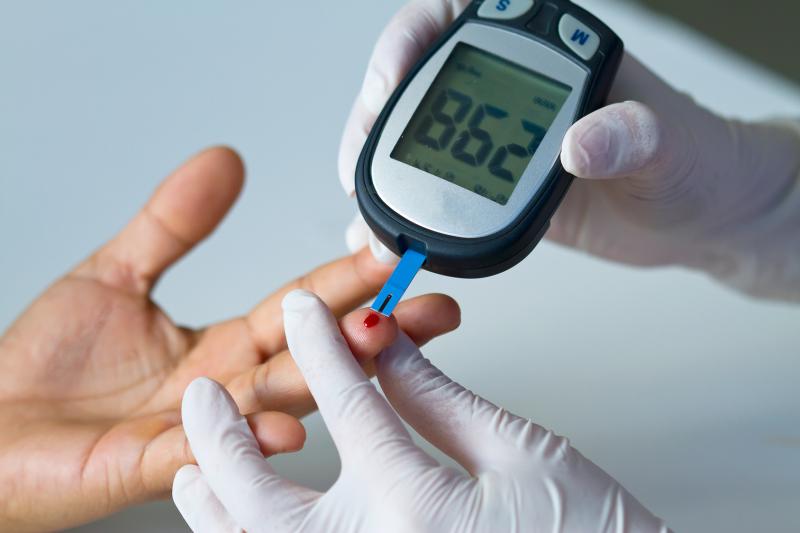
A new noninvasive risk score―incorporating factors such as waist circumference (WC), age, sex, and histories of hyperglycaemia and diabetes in the family― reliably identifies those at high dysglycaemia risk, reports a new Saudi Arabia study.
The study included 1,403 adults known to be free of diabetes. A questionnaire was administered to collect demographic, dietary, medical history and lifestyle factors, and the results of these were combined with laboratory variables to produce a specified risk score.
Laboratory tests found that 69 participants were diabetic and that another 259 were prediabetic. Majority of these participants were dysglycaemic by virtue of the 1-hour plasma glucose (60 percent) or glycated haemoglobin (59 percent) criteria. Dysglycaemia was numerically more common in males and increased in prevalence with age.
Univariate analysis found that body mass index (BMI), WC, antihypertensive medication, hyperglycaemia history, family history, low physical activity and short sleep were potential predictors of dysglycaemia risk in the study cohort. Diet, on the other hand, including intake levels of fruits and vegetables, was not.
The final model was named Saudi Diabetes Risk Score (SARDISC) and consisted of five variables: sex, age, WC, history of hyperglycaemia and family history of diabetes. WC and BMI showed strong collinearity such that the latter factor was excluded from the model. Sensitivity analysis backed this up, showing highly similar results from both anthropometric variables.
The area under the receiver operating characteristic curve of SARDISC for predicting dysglycaemia was 0.76 (95 percent confidence interval, 0.73–0.79).